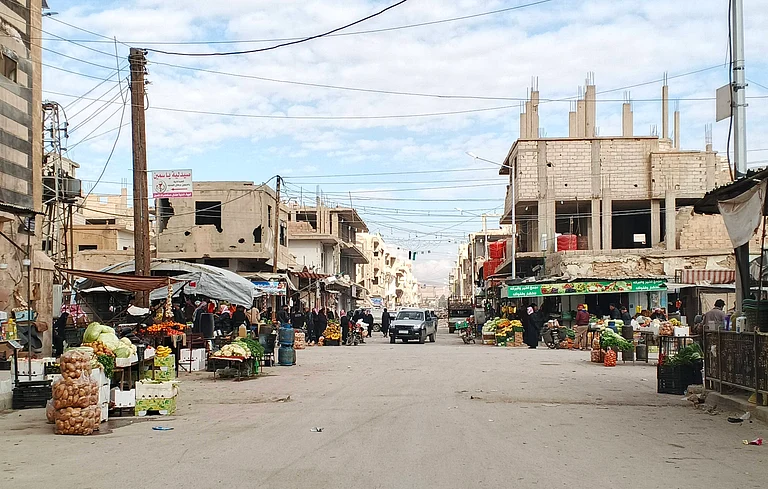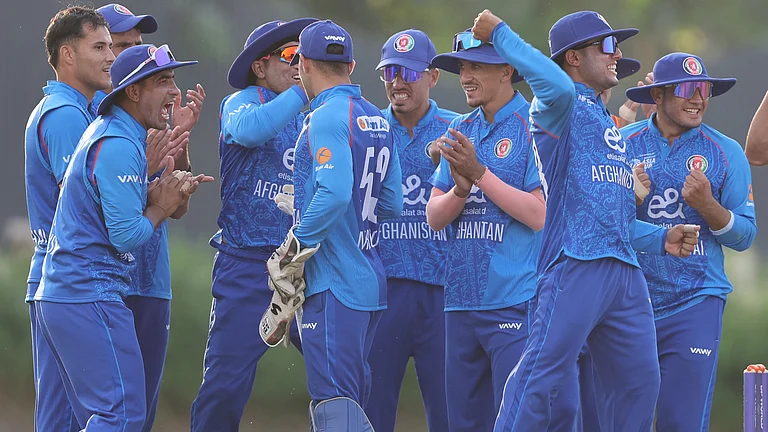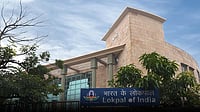A claim has emerged stating that the recent attack on Moscow’s Crocus City Hall, was perpetrated by the Islamic State Khorasan Province (ISKP), a regional affiliate of the Islamic State (IS) organization. IS has been implicated in some of Russia's most devastating terror strikes in recent years, including the 2017 St. Petersburg metro bombing that resulted in 15 fatalities and 45 injuries.
U.S. intelligence agencies have conveyed to The Washington Post that there is "no reason to doubt" IS' claims of responsibility for the latest incident. ISKP, a branch of IS primarily based in Afghanistan, has increasingly directed its attention toward Russia since the U.S. withdrawal from Afghanistan in 2021.
Who are ISKP or ISIS-K?
The Islamic State - Khorasan Province (ISIS-K) is a regional affiliate of the Islamic State militant group. While ISIS itself rose to prominence in Iraq and Syria, ISIS-K has been spreading its violent extremist ideology across South and Central Asia, particularly in Afghanistan and Pakistan. The group's origins can be traced back over a decade to the insurgent conflicts that raged following the U.S. invasion of Afghanistan in 2001.
Prior to ISIS-K's official establishment in 2015, a number of Islamic militant jihadist groups were already operating in the region, seeking to overthrow existing governments and implement fundamentalist Islamist rule. Many of these groups had ties to al-Qaeda, which maintained a base of operations in Afghanistan and Pakistan since the late 1980s. When the U.S. overthrew the Taliban regime in Afghanistan after the 9/11 attacks, the nation became a new focal point for jihadism across the wider Khorasan region spanning parts of Iran, Central Asia, Afghanistan, and Pakistan.
Over the following years, jihadist groups like the Pakistani Taliban (TTP) and the Islamic Movement of Uzbekistan (IMU) continued waging an insurgency against U.S., NATO, and Afghan forces. At the same time, the rise of ISIS in Iraq and Syria shifted the attention of many jihadists towards the conflicts in the Levant. Dozens of militants from South and Central Asia travelled to join ISIS, fighting alongside the group.
ISIS leadership, appreciating this influx of foreign fighters from the region, began advocating for their supporters in Afghanistan and Pakistan to unite and form an official branch called "Khorasan Province." In April 2014, a special ISIS representative for the region was appointed. Over the next year, despite the Taliban's Rahbari Shura council refusing to join ISIS, several Pakistani and Afghan splinter groups agreed to unite under ISIS's banner.
On January 26, 2015, ISIS's chief spokesperson officially announced the formation of the "Islamic State - Khorasan Province" (ISIS-K), merging Tehrik-e Khilafat Pakistan, Tehrik-e Khilafat Khorasan, and other smaller groups primarily operating in Afghanistan. Under its first commander Hafiz Saeed Khan, ISIS-K quickly accelerated its campaign of violence, attracting more regional militant outfits into its ranks.
Within its first few years, ISIS-K expanded rapidly by forging alliances with a diverse array of Sunni extremist movements across Central Asia. Aside from the Pakistani Taliban and IMU, other affiliates included the Islamic Movement of Turkmenistan, Uyghur East Turkestan Islamic Party, Harakat Islami Tajikistan, Jamaat Ansarullah, Hezb-e Islami Gulbuddin, and Baluchi separatist groups like the Jundullah movement operating in Pakistan and Iran. These groups were unified in their violent opposition towards Shia Muslims and their desire to overthrow secular governments in favour of a strictly enforced Islamic state.
Riding this wave of support from allied militant outfits, ISIS-K was able to rapidly expand its operations and territorial control within Afghanistan. By 2019, the group had grown so substantially that ISIS created new administrative "provinces" for Pakistan and India after claiming responsibility for major attacks in Kashmir and Balochistan. However, recent U.N. reports indicate that ISIS-K has suffered severe setbacks over the past few years, being driven out of its former strongholds in Afghanistan's Nangarhar and Kunar provinces by U.S., Afghan, and Taliban offensives.


























